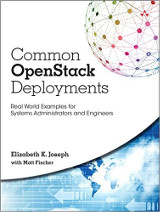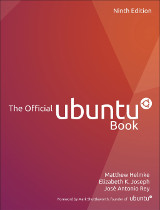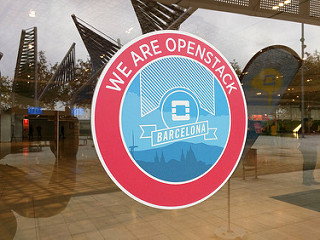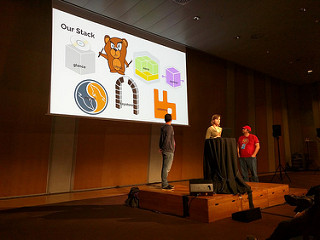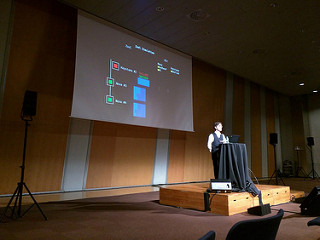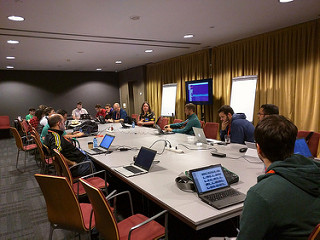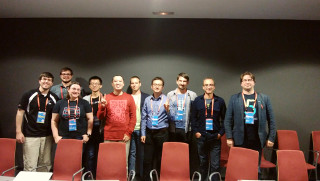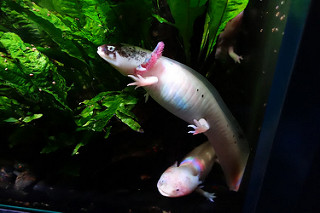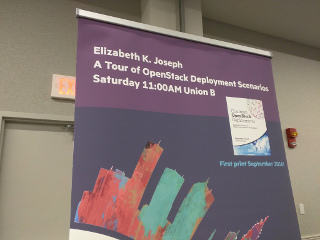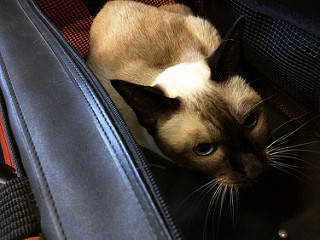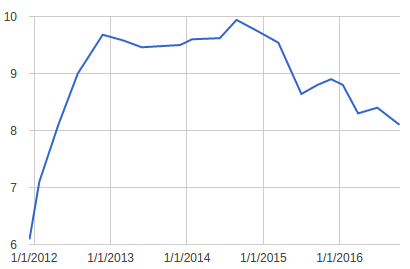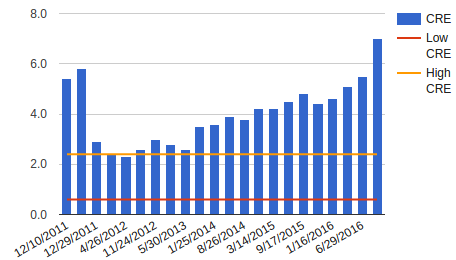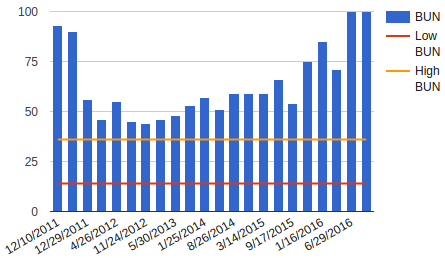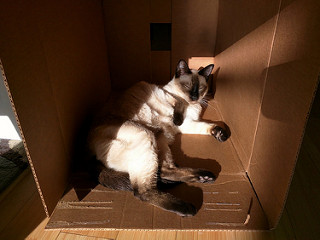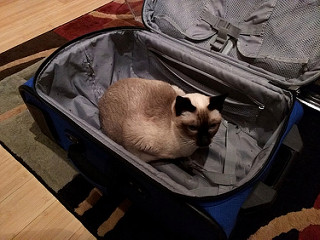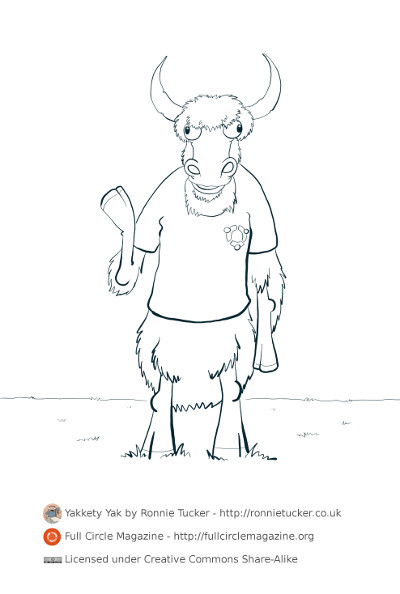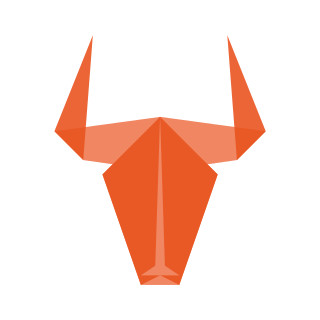At the end of October I attended the OpenStack Ocata Summit in beautiful Barcelona. My participation in this was a bittersweet one for me. It was the first summit following the release of our Common OpenStack Deployments book and OpenStack Infrastructure tooling was featured in a short keynote on Wednesday morning, making for quite the exciting summit. Unfortunately it also marked my last week with HPE and an uncertain future with regard to my continued full time participation with the OpenStack Infrastructure team. It was also the last OpenStack Summit where the conference and design summit are being hosted together, so the next several months will be worth keeping an eye on community-wise. Still, I largely took the position of assuming I’d continue to be able to work on the team, just with more caution in regards to work I was signing up for.
The first thing that I discovered during this summit was how amazing Barcelona is. The end of October presented us with some amazing weather for walking around and the city doesn’t go to sleep early, so we had plenty of time in the evenings to catch up with each other over drinks and scrumptious tapas. It worked out well since there were fewer sponsored parties in the evenings at this summit and attendance seemed limited at the ones that existed.
The high point for me at the summit was having the OpenStack Infrastructure tooling for handling our fleet of compute instances featured in a keynote! Given my speaking history, I was picked from the team to be up on the big stage with Jonathan Bryce to walk through a demonstration where we removed one of our US cloud providers and added three more in Europe. While the change was landing and tests started queuing up we also took time to talk about how tests are done against OpenStack patch sets across our various cloud providers.
It wasn’t just me presenting though. Clark Boylan and Jeremy Stanley were sitting in the front row making sure the changes landed and everything went according to plan during the brief window that this demonstration took up during the keynote. I’m thrilled to say that this live demonstration was actually the best run we had of all the testing, seeing all the tests start running on our new providers live on stage in front of such a large audience was pretty exciting. The team has built something really special here, and I’m glad I had the opportunity to help highlight that in the community with a keynote.
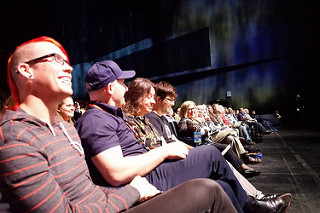
Mike Perez and David F. Flanders sitting next to Jeremy and Clark as they monitor demonstration progress. Photo credit for this one goes to Chris Hoge (source)
The full video of the keynote is available here: Demoing the World’s Largest Multi-Cloud CI Application
A couple of conference talks were presented by members of the Infrastructure team as well. On Tuesday Colleen Murphy, Paul Belanger and Ricardo Carrillo Cruz presented on the team’s Infra-Cloud. As I’ve written about before, the team has built a fully open source OpenStack cloud using the community Puppet modules and donated hardware and data center space from Hewlett Packard Enterprise. This talk outlined the architecture of that cloud, some of the challenges they’ve encountered, statistics from how it’s doing now and future plans. Video from their talk is here: InfraCloud, a Community Cloud Managed by the Project Infrastructure Team.
James E. Blair also gave a talk during the conference, this time on Zuul version 3. This version of Zuul has been under development for some time, so this was a good opportunity to update the community on the history of the Zuul project in general and why it exists, status of ongoing efforts with an eye on v3 and problems it’s trying to solve. I’m also in love with his slide deck, it was all text-based (including some “animations”!) and all with an Art Deco theme. Video from his talk is here: Zuul v3: OpenStack and Ansible Native CI/CD.
As usual, the Infrastructure team also had a series of sessions related to ongoing work. As a quick rundown, we have Etherpads for all the sessions (read-only links provided):
- Work Session: Firehose
- Fishbowl: Status update and plans for task tracking
- Work Session: Next steps for infra-cloud
- Work Session: Interactive infra-cloud debugging
- Work Session: Test environment expectations
- Work Session: Xenial jobs transition for stable/newton
Friday concluded with a Contributors Meetup for the Infrastructure team in the afternoon where folks split off into small groups to tackle a series of ongoing projects together. I was also able to spend some time with the Internationalization (i18n) team that Friday afternoon. I dragged along Clark so someone else on the team could pick up where I left off in case I have less time in the future. We talked about the pending upgrade of Zanata and plans for a translations checksite, making progress on both fronts, especially when we realized that there’s a chance we could get away with just running a development version of Horizon itself, with a more stable back end.
Finally, the book! It was the first time I was able to see Matt Fischer, my contributing author, since the book came out. Catching up with him and signing a book together was fun. Thanks to my publisher I was also thrilled to donate the signed copies I brought along to the Women of OpenStack Speed Mentoring event on Tuesday morning. I wasn’t able to attend the event, but they were given out on my behalf, thanks to Nithya Ruff for handling the giveaway.

Thanks to Nithya Ruff for taking a picture of me with my book at the Women of OpenStack area of the expo hall (source) and Brent Haley for getting the picture of Lisa-Marie and I (source).
I was also invited to sit down with Lisa-Marie Namphy to chat about the book and changes to the OpenStack Infrastructure team in the Newton cycle. The increase in capacity to over 2000 test instances this past cycle was quite the milestone so I enjoyed talking about that. The full video is up on YouTube: OpenStack® Project Infra: Elizabeth K. Joseph shares how test capacity doubled in Newton
In all, it was an interesting summit with a lot of change happening in the community and with partner companies. The people that make the community are still there though and it’s always enjoyable spending time together. My next OpenStack event is coming up quickly, next week I’ll be speaking at OpenStack Days Mountain West on the The OpenStack Project Continuous Integration System. I’ll also have a pile of books to give away at that event!
